Apple Silicon has changed everything. The M1 system-on-chip powering the latest generation of the MacBook Air, Mac mini, and 13-inch MacBook Pro accelerates Universal apps to impressive performance while staying cool and extending laptop battery life. The 12.9-inch and 11-inch iPad Pro models are the latest recipients of the performance-boosting M1. Having owned a 2018 12.9-inch iPad Pro, I decided to “downsize” to the 11-inch M1 iPad Pro. Here are some benchmarks and personal opinions on the latest iteration of the iPad Pro.
M1 iPad Pro Benchmarks
Let’s start with the benchmarks. To get a comparison of the (A14X?) chip powering the older iPad Pro and the new M1 model, I relied on the popular Geekbench 5 app. This app runs on a number of platforms and performs a series of calculations to determine the relative power of different CPUs. Geekbench also runs a separate set of computations to determine the speed of a given system for gaming, image processing, or video editing.
These two benchmarks are referred to as CPU and Compute respectively. Here are the results from Geekbench
| iPad Pro (12.9-inch 3rd gen / iPad8,7) | iPad Pro (11-inch 3rd gen / iPad 13,6) | |
| SoC | A12X Bionic | M1 |
| CPU Single-Core | 1155 | 1716 |
| CPU Multi-Core | 4799 | 7345 |
| Compute | 11108 | 21179 |
The single-core CPU comparison is the least impressive, with the M1 showing “only” a 48.6 percent increase in performance. For multi-core, the performance increase was about 53.1 percent. The graphics-oriented Compute score showed the most improvement, with the M1 showing a performance score 90.1 percent better than the A12X Bionic.
Benchmark Comparison to Other Devices
How does the M1 iPad Pro compare to other iPadOS/iOS devices? Geekbench Browser is an online comparison of performance, and unfortunately there aren’t enough M1 results in the database at this time for those iPads Pro to appear in the chart. I took the top five devices on the current list and compared them with the M1 iPad Pro:
| Device | Single Core | Multi Core | Compute |
| iPad Pro 3rd Gen (M1) | 1716 | 7345 | 21179 |
| iPad Air 4th Gen (A14 Bionic) | 1585 | 4211 | 12487 |
| iPhone 12 Pro (A14 Bionic) | 1574 | 3849 | 9127 |
| iPad Pro 3rd Gen (A12X Bionic) | 1155 | 4799 | 11108 |
| iPad Pro 4th Gen (A12Z Bionic) | 1121 | 4656 | 11881 |
Real-Life Performance Comparison of the M1 iPad Pro
The first time I really noticed just how much faster everything gets done with the M1 SoC inside the 11-inch iPad Pro was when I was setting it up.
I’ve set up dozens of iPads and iPads Pro over the years, so I’ve come to expect that it’s going to take a few hours for setup to complete. That setup includes moving over all of the settings and apps from the previous generation. Well, the M1 iPad Pro blasted through the setup process and was done in about half the time it took to complete with the 12.9-inch.
Now, I have no way to quantify this, but I’ve noticed two things that show improvement: viewing streaming video and gameplay. The videos and games just seem to be smoother, with less hesitation in certain scenes.
Other Impressive M1 iPad Pro Features
During the event at which the new iPads Pro debuted, I really didn’t get too excited about the new Center Stage feature. That feature is now supported by Zoom 5.6.6 and later, which I use for several online classes. In the past, if I moved to the left or right of center, I’d either be cut off in the frame or completely disappear. Center Stage resolves that problem
Using the ultra-wide front camera and machine learning, Center State keeps me in the frame as I move around. If my wife joins me in one of the classes, Center Stage recognizes that and zooms out to fit her in. Likewise, if one of us goes to get a cup of coffee or glass of water during a Zoom meeting, Center Stage zooms in to focus on the remaining person.
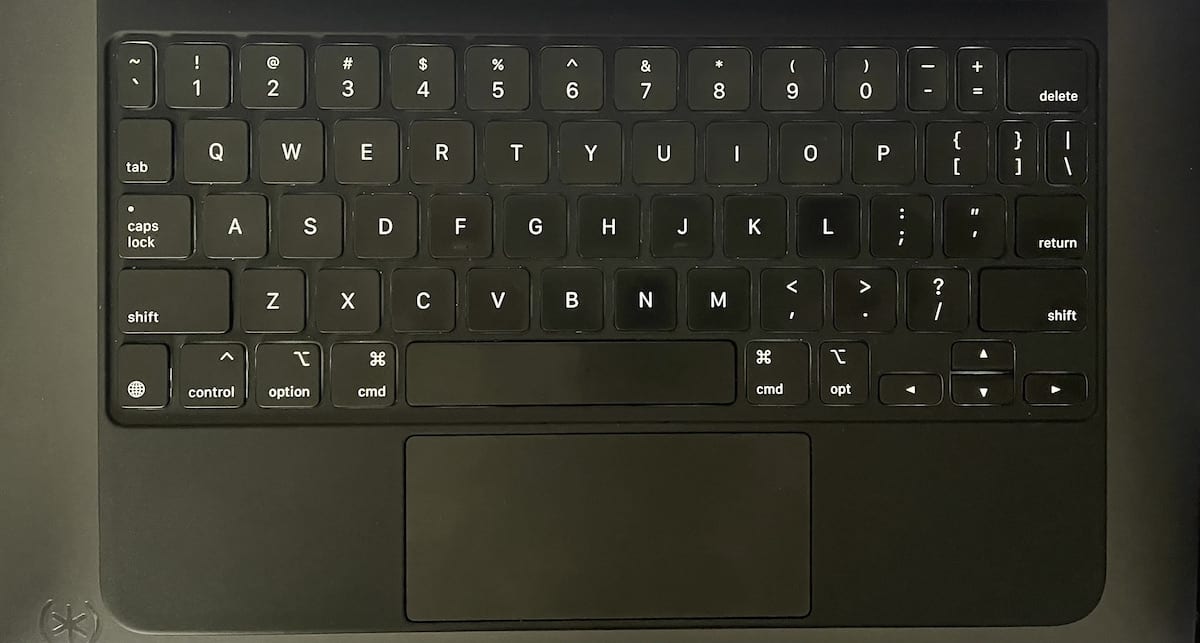
It’s Not New, But…
I like using a keyboard with an iPad Pro, so I decided to get one of Apple’s Magic Keyboards for iPad Pro. What a great experience! The floating design of the keyboard allows smooth adjustment of height and angle of the M1 iPad Pro, and the trackpad provides an “almost-MacBook” experience.
Having not used the Magic Keyboard for iPad Pro before, I was very impressed with just how it works with iPadOS. The cursor is a round translucent gray dot, and it can be used instead of tapping on the screen – helpful for those times when I’m eating and iPad-ing at the same time. No more greasy or wet fingers on the display!
M1 iPad Pro Speakers and Mics
One thing that totally blew me away was how good the speakers and microphones are in the M1 iPad Pro. There are five studio-quality microphones that do a much better job of picking up sound than in previous models. Even when doing a Zoom conference call, the other participants wondered if I had a new computer because my sound quality was much better.
There are two speakers at the top of the M1 iPad Pro and two at the bottom. These speakers support Dolby Atmos sound. Some testing with streamed movies from Apple TV proved to me that I need to get a better speaker system for my old HDTV!
5G
The new iPads Pro support 5G cellular data in all of its various incarnations, and this is the first device that I’ve been able to really see a difference. My wife and I take our iPads with us to a local taproom twice a month to enjoy some good brews and wonderful fish and chips from a food truck. With my older iPad Pro at that location, I found it difficult to stream video without significant issues. Not so with the new iPad Pro – I was able to watch several of my favorite YouTube channels and a SpaceX Starlink launch with smooth video.
11-inch Liquid Retina Display
The 11-inch iPad Pro doesn’t come with the Liquid Retina XDR display of the 12.9-inch model. Is that a bad thing? It depends on what iPad you’re comparing the new 11-inch iPad Pro with. For me, the 11-inch Liquid Retina display is pretty darned impressive compared to my “old” 12.9-inch Pro.
The screen boasts 600 nits of peak brightness, Apple’s True Tone technology to adjust tint and brightness to match ambient lighting, 120Hz refresh rate with ProMotion, and a P3 wide color gamut. I found that the screen seems less reflective than the old one and it’s definitely brighter – I was using the iPad Pro outside this last weekend and had no problems reading the screen in broad daylight.
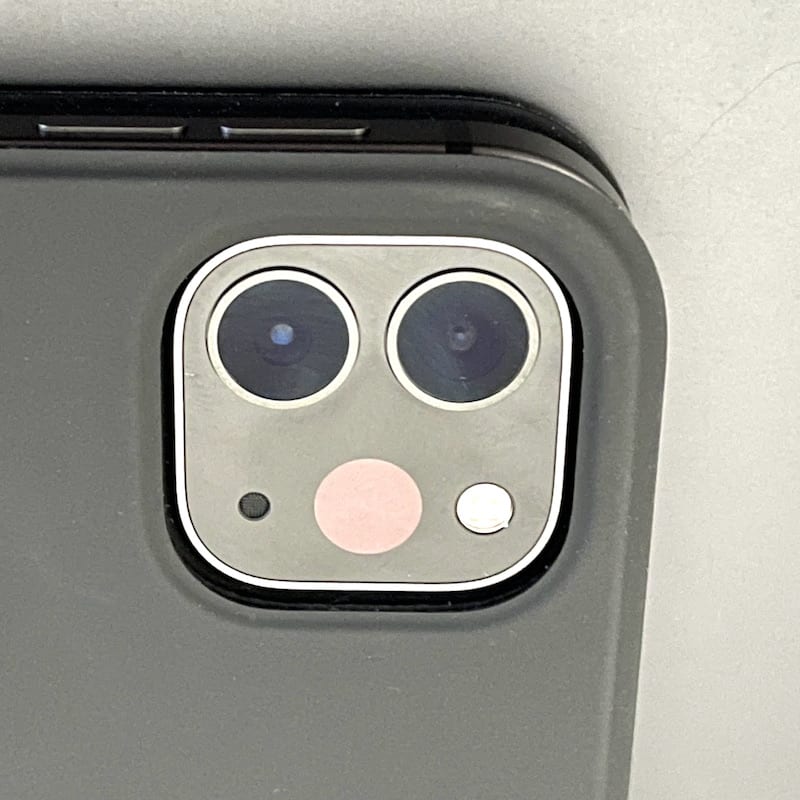
Cameras
The 11-inch iPad Pro not only has that ultra-wide front camera I mentioned earlier but two cameras in the back – a 12MP wide and a 10MP ultra-wide. Those cameras are assisted by the M1 image signal processor to support Smart HDR 3.
There’s also a LiDAR scanner on the back. That works with AR-enabled apps to determine where the computer-generated images should overlay reality. If you’re into 3D/360° photography like I am, you’ll find that the LiDAR Scanner helps produce amazing results on the iPhone 11, iPhone 12, and the new iPads Pro with apps and services like Matterport.
Thunderbolt
Sadly, I don’t have any Thunderbolt drives or docks that I could test with the new iPad Pro. If I had, I would have been able to take advantage of throughput up to 40Gbps. Using the Thunderbolt port on the iPad, it’s possible to drive Apple’s Pro Display XDR at full 6K resolution. I had no issues driving an LG 4K monitor with the iPad Pro.
With support for Thunderbolt drives like the OWC Envoy Pro FX and the ability to drive large displays, the new iPads Pro further blur the differences between MacBooks and iPads for creative professionals.
The Bottom Line
The last sentence of the previous section said it all – the new iPads Pro make it difficult to justify the purchase of a MacBook of any sort. They support some technologies that no MacBooks currently provide – 5G cellular data, Apple Pencil. The Magic Keyboard is outstanding, and the trackpad support of iPadOS makes the iPad Pro even more MacBook-like.
I’m personally getting better performance with lighter and more efficient devices. Sure, my 16-inch MacBook Pro is nice, but it’s slower in most processes than the 13.3-inch M1 MacBook Air. The 11-inch M1 iPad Pro is replacing a 12.9-inch model and has superior performance. When I need more screen space than the MacBook Air can provide, Sidecar turns that iPad Pro into a nice second screen.
Apple Silicon is truly a revolution for Apple. It’s a great time to be an Apple fan! Getting high performance no longer means having to buy a more expensive and heavier device that is less efficient.
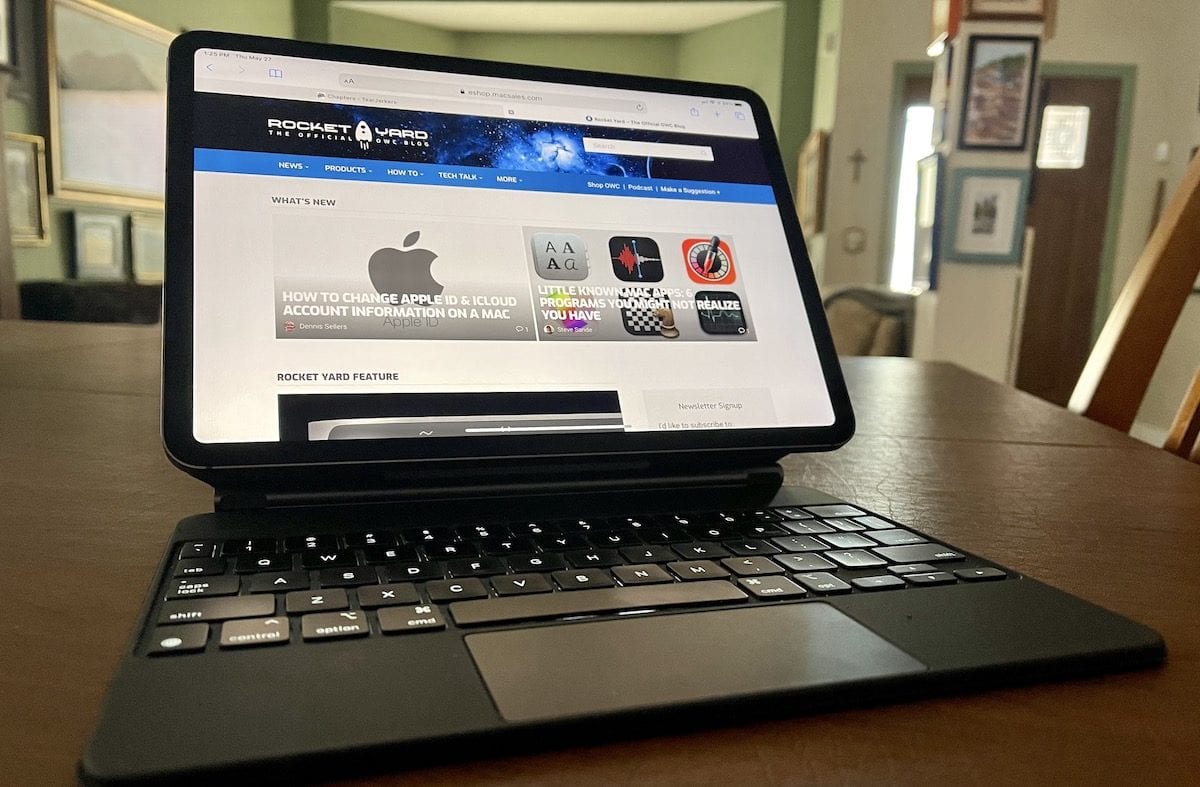
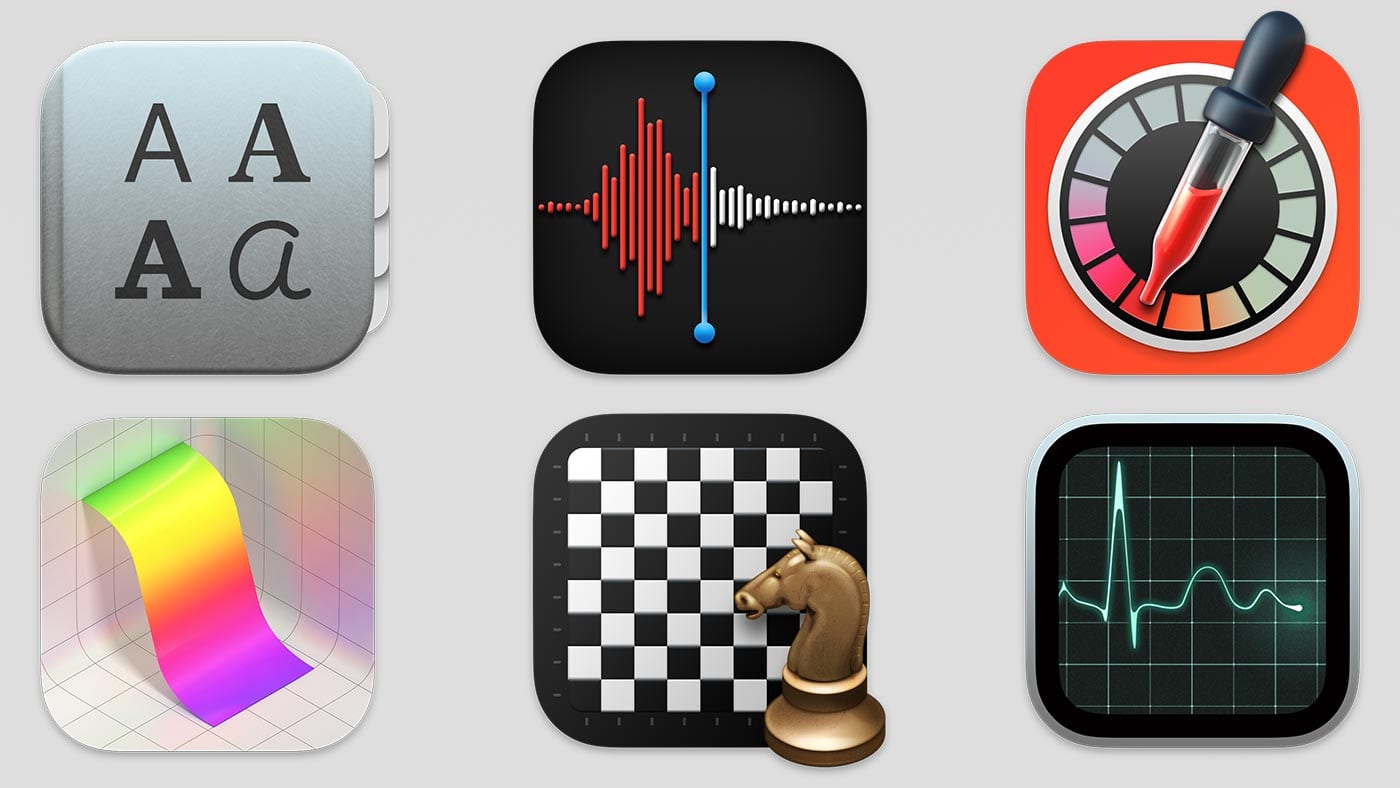

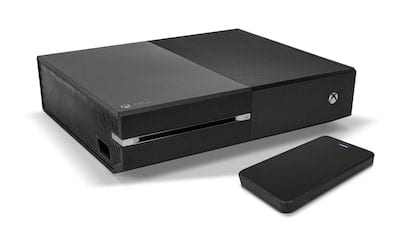






This is lightweight, has long battery life and has some useful CPU muscle. It’s the perfect devise for off-loading photo/video/audio files to external drives and doing basic field edits. The only hiccup are the software limitations with IOS, but I suspect workarounds will emerge if these take-off as laptop replacements.
Ditto to your experience with the 11″ M1 iPad Pro. I have had mine for eight days and I am more impressed every day. Between the Apple Pencil and 5G cellular it is in many ways more than a MacBook. It is rapidly becoming an essential adjunct to my workflow not just a portable alternative. It isn’t perfect, but for my purposes it is superior to a MacBook Pro.
So the new iPad Pros make buying any MacBook Pro hard to justify? That’s because the MB “Pro” line hasn’t been “pro” for a very long time. Not upgradeable, no variety of ports, can’t even swap out the battery. Everything is disposable now. Apple has been making sh!t sandwiches for a while and people have amazingly been gobbling them up. Apple has become a really bad joke (on “us”).
I got the FLOAT case (https://www.moft.us/pages/new-release) as well as the magic keyboard for mine. The FLOAT case is fantastic for watching video or for FaceTime video calls as it’s a lot higher off the ground that most cases. The flaw compared to the Magic keyboard is that it’s not magnetic, so it takes longer to pull the case on and off, and secondly there’s no protection for the display, which might be a problem in the long run.
The Magic Keyboard is fantastic. It’s a bit more awkward for editing pdf’s with but that’s where it’s magnetic back is so helpful. It’s so easy to pull the iPad out to read.
In any event, I’m quite looking forward to seeing what improvements we’ll get at the Apple Developers Conference.
Unfortunately there are still programs that function differently on iPad and Mac. My big one is MS Excel. Unless something has changed with the newer iPads.